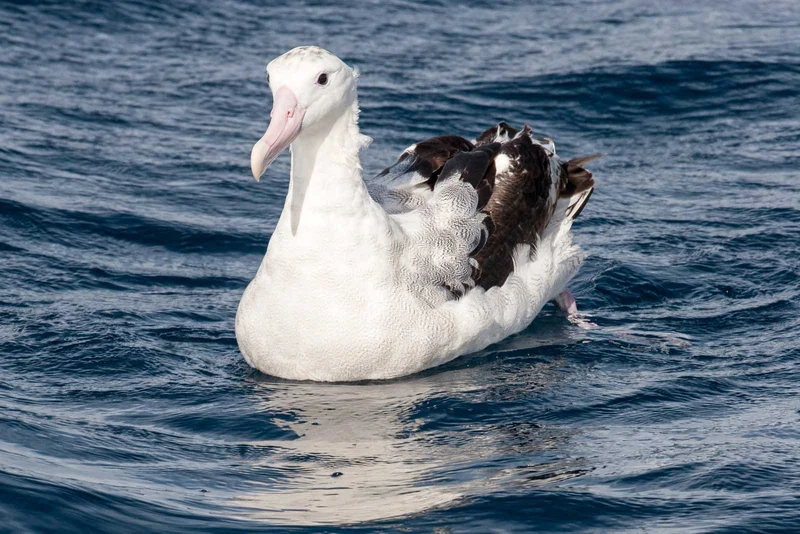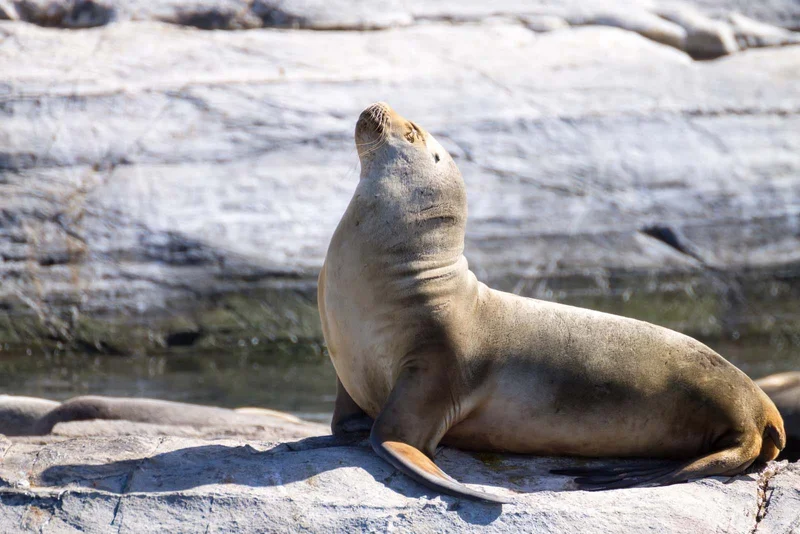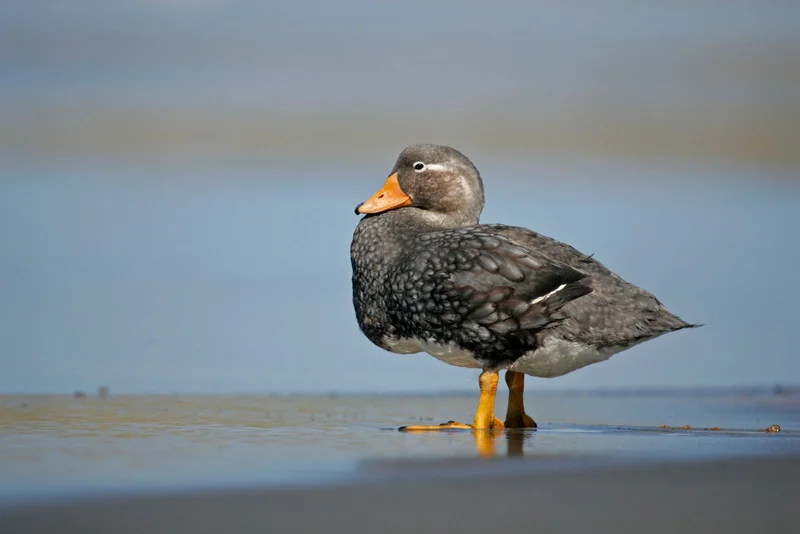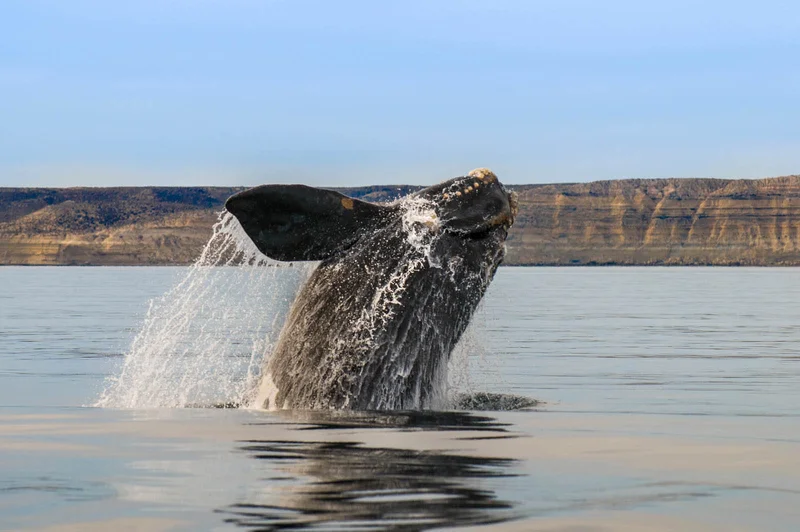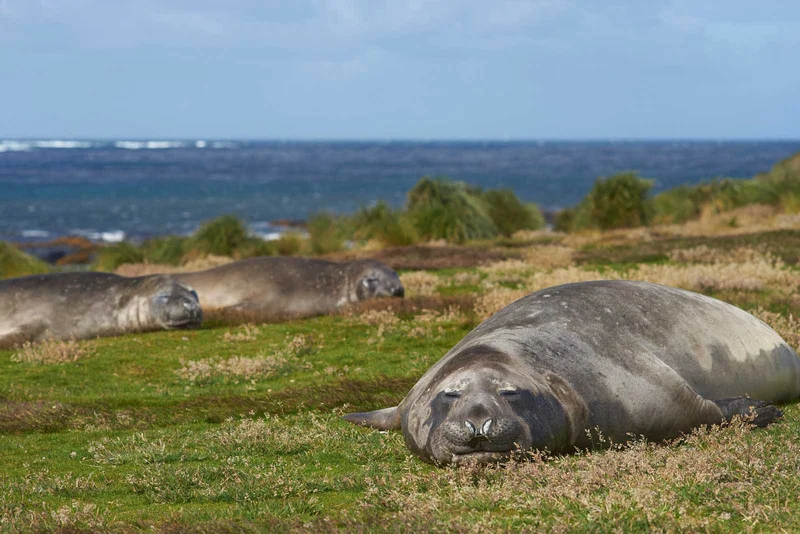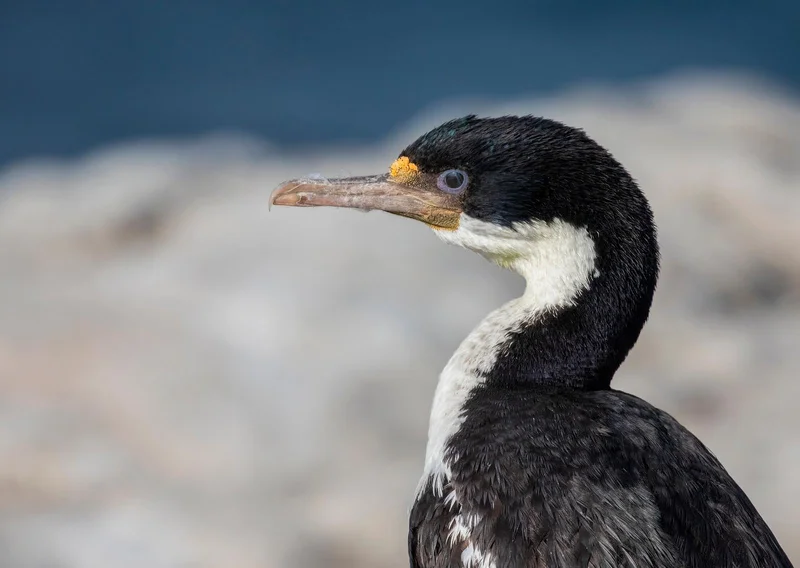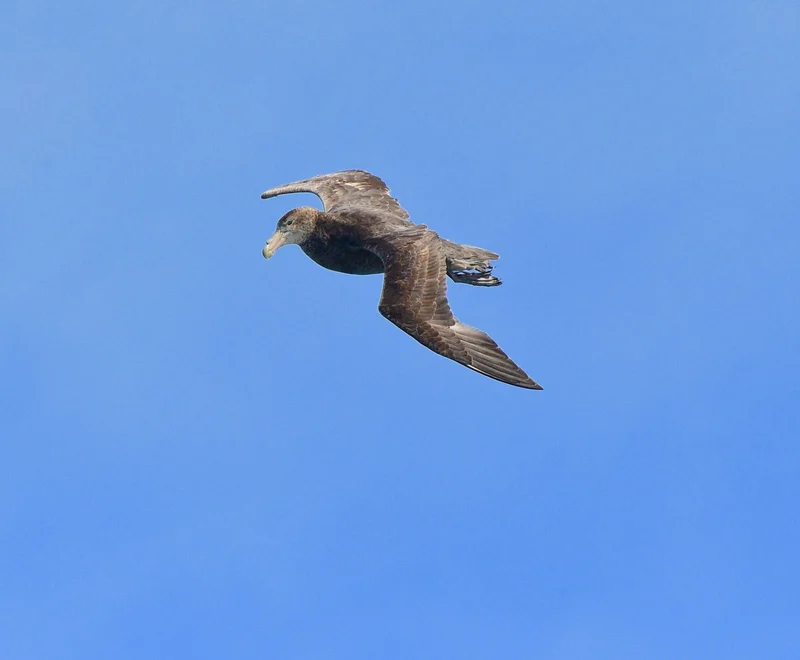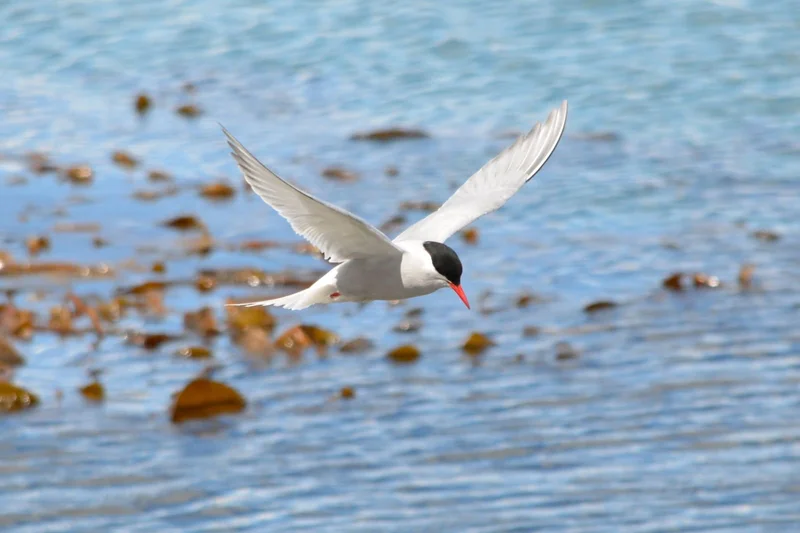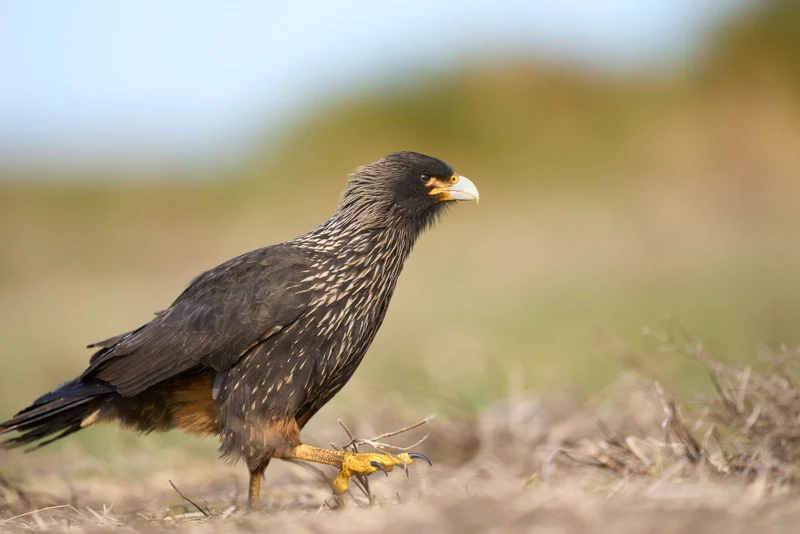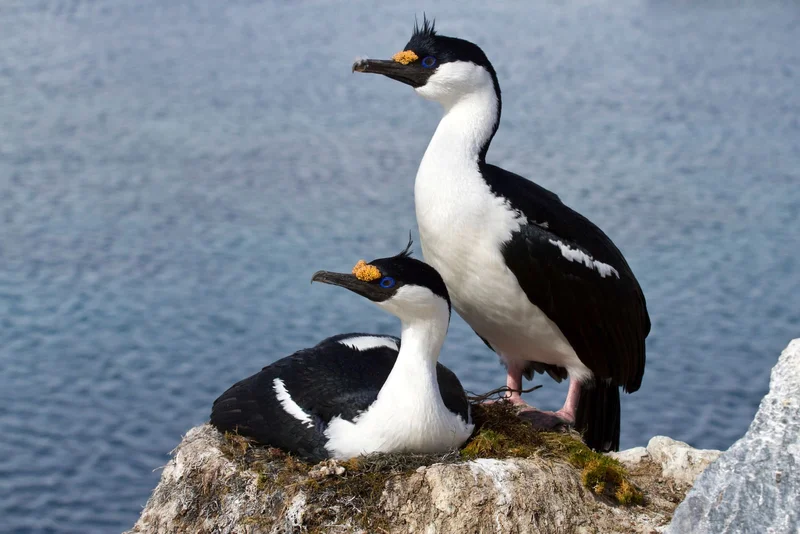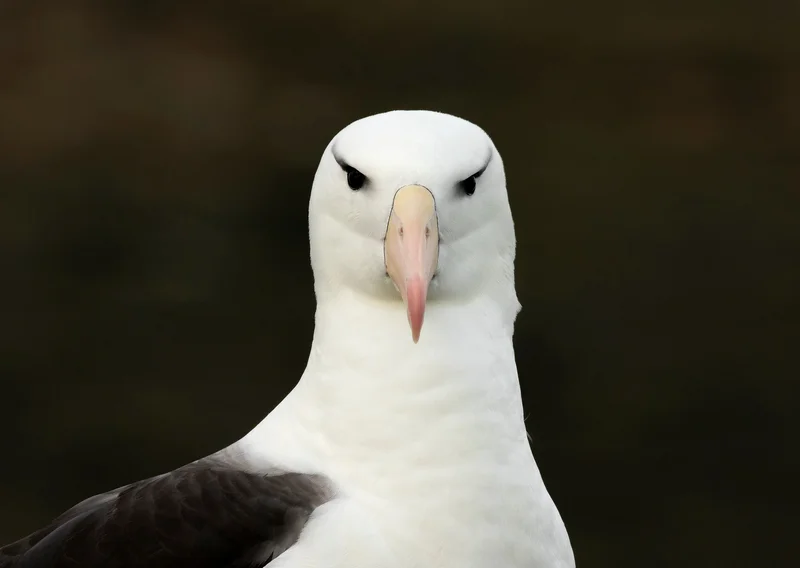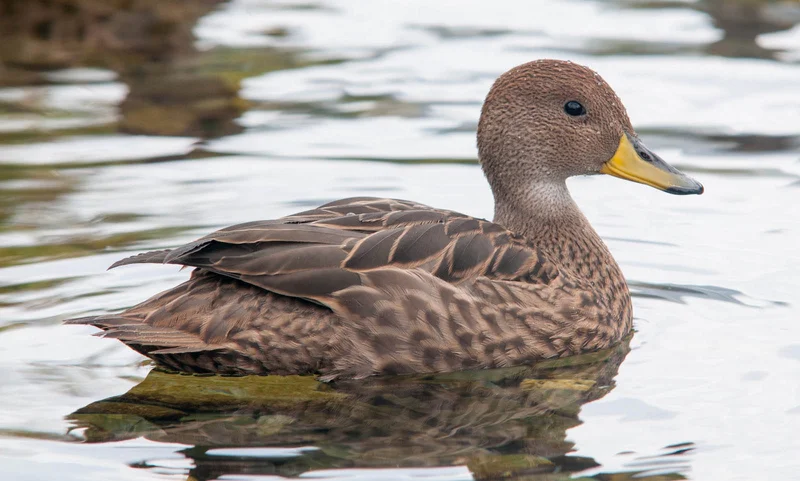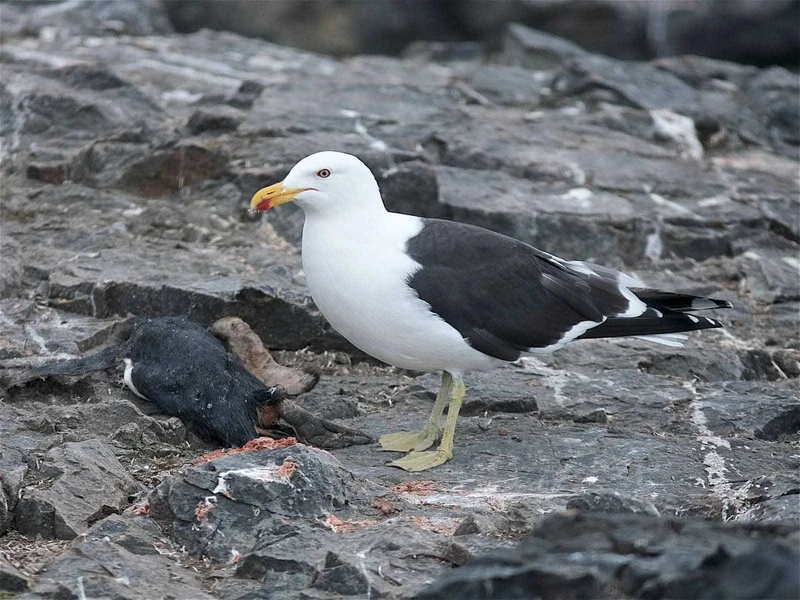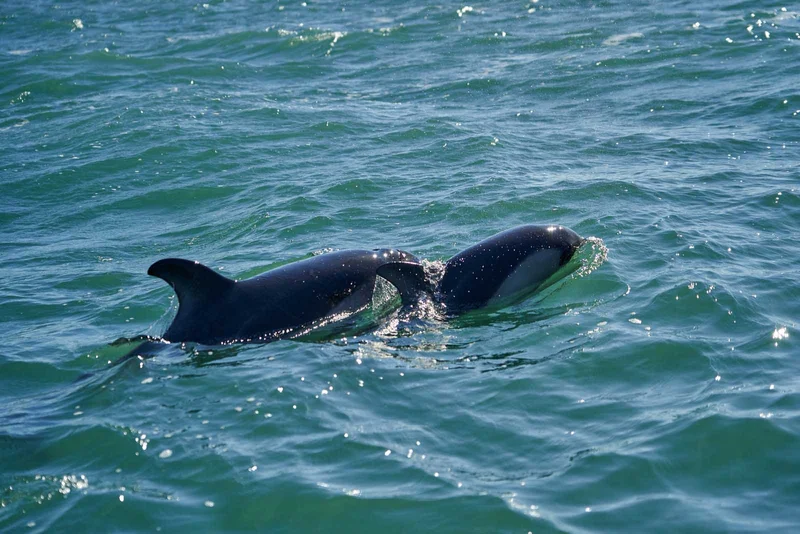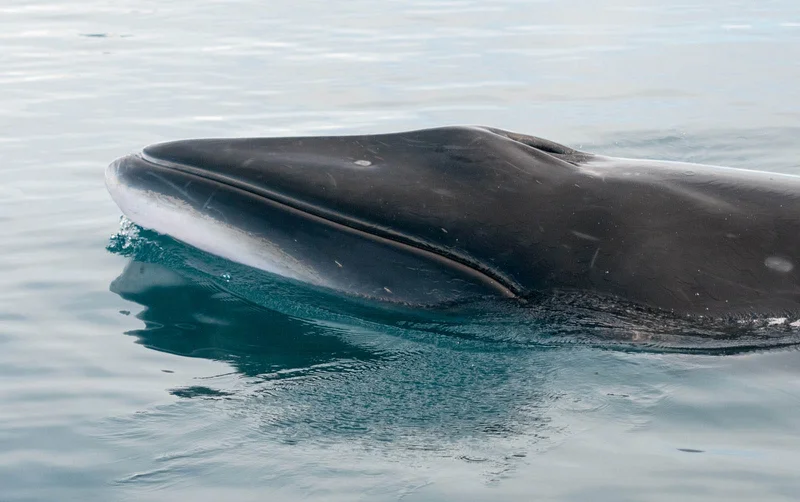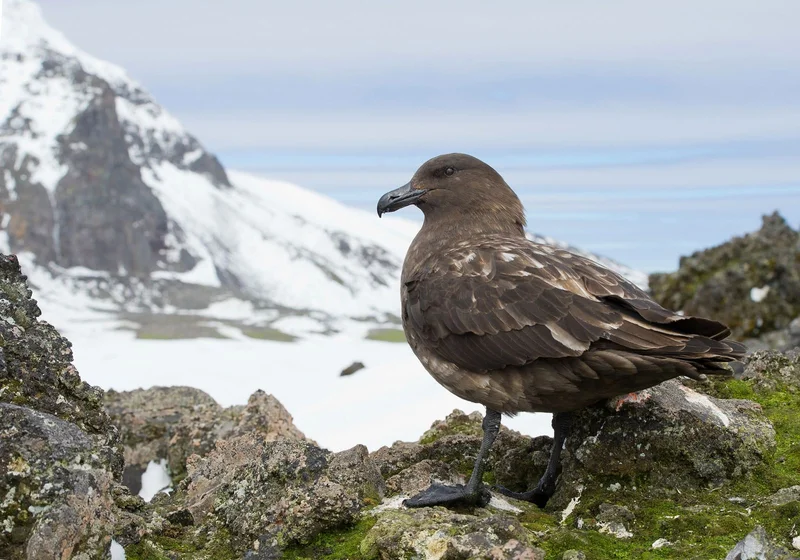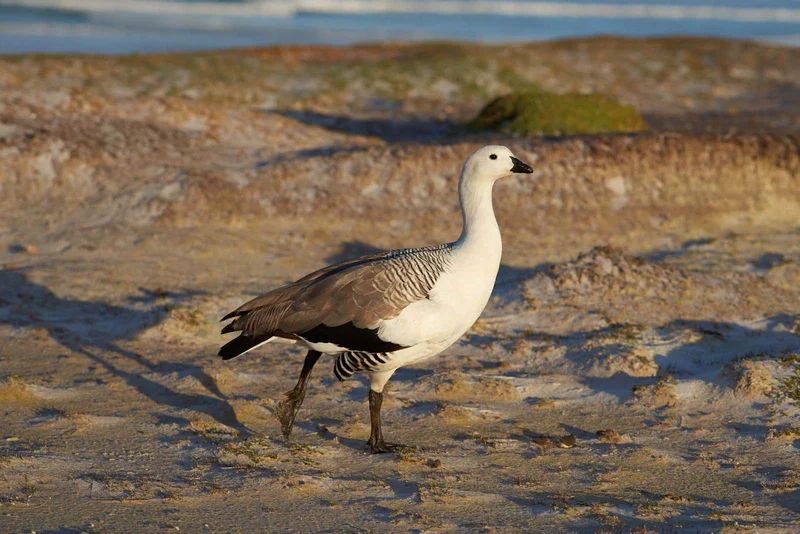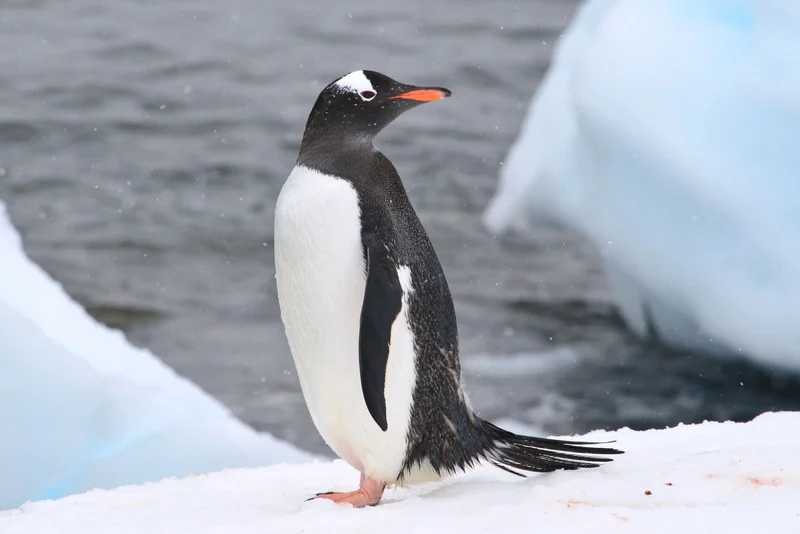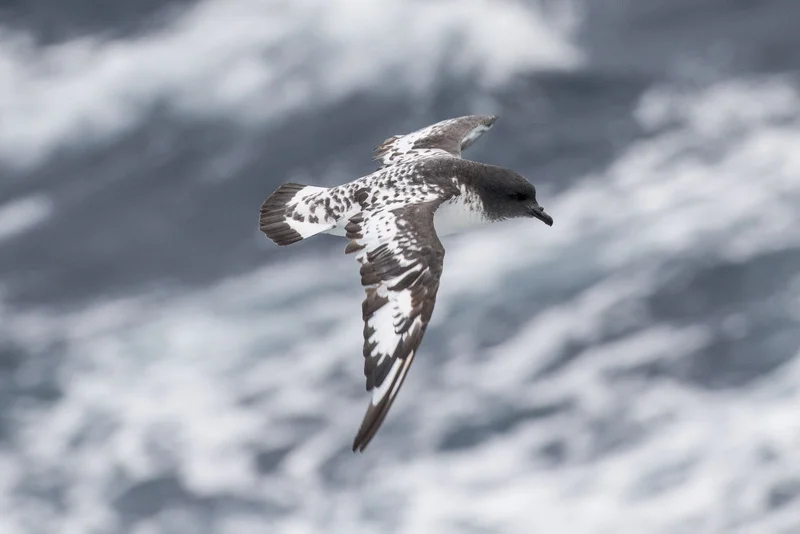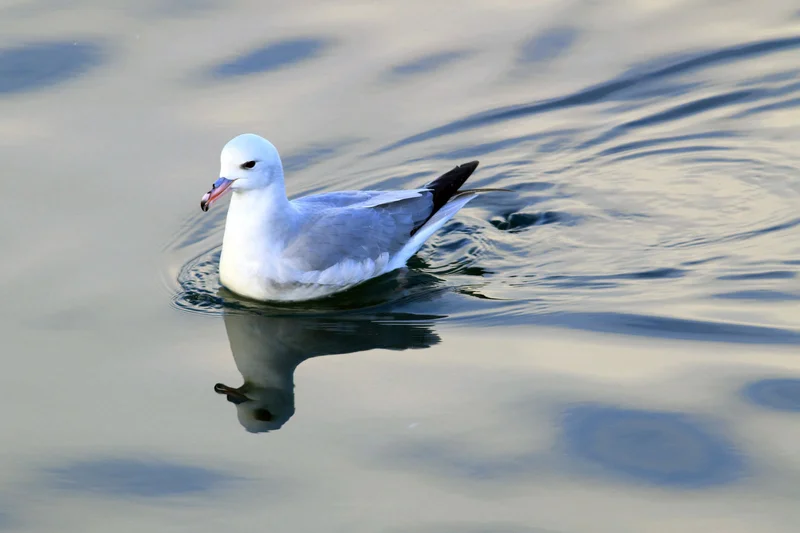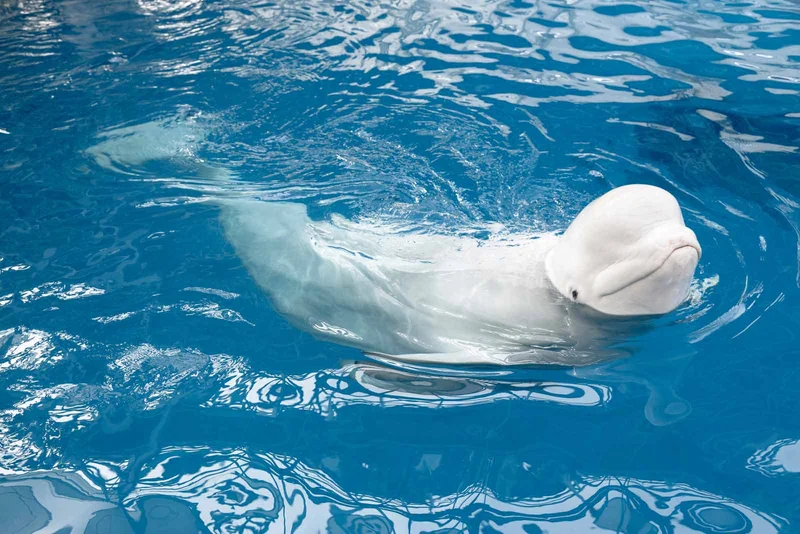Essential Emperor Penguin Information
Size and Endurance
The Emperor Penguin is the largest of all penguin species, standing up to 1.2 meters (47 inches) tall and weighing up to 45 kilograms (100 pounds). Known for their incredible resilience, these penguins survive brutal Antarctic winters, breeding in conditions that few animals can endure.
Breeding and Parenting
Emperor Penguins are unique as they breed during the winter, with some penguins marching up to 75 miles from the sea to their breeding colonies. Females lay a single egg and transfer it to the males, who incubate it on their feet for two months while the females return to the sea to feed. The males can produce crop milk to nourish the chick for about a week, but if the female doesn’t return in time, the chick may starve.
Emperor Penguins don’t have fixed nests, making vocal communication crucial. They have the most extensive range of vocalizations among penguin species, using these calls to locate their mates and chicks within colonies of thousands.
When the chicks reach about 50 days old, both parents leave to feed, and the chicks form creches to huddle together for warmth. Survival is tough, with less than 20% of chicks making it through their first year.
Survival Adaptations
Emperor Penguins have several adaptations that allow them to survive in temperatures as low as -40°C (-40°F). Their dense feathers provide 90% of their insulation, with special muscles that raise or flatten the feathers depending on their environment. They also accumulate a thick layer of body fat at the start of the breeding season, but males can lose up to half their weight by the end of winter due to the long incubation period.
Sightings and Challenges
Because their breeding colonies are remote, Emperor Penguins are rarely seen on typical Antarctic Peninsula cruises. However, fledglings exploring the ice might be spotted early in the season, particularly in areas like the Weddell Sea and Antarctic Sound. With luck, travelers may see one of these majestic penguins on the ice.
Interesting Facts
- Breeding March: Emperor Penguins travel up to 75 miles from the sea to their breeding colonies.
- Vocal Communication: They have the widest range of vocalizations of any penguin species, helping them find their mates and chicks in massive colonies.
- Extreme Survival: Fewer than 20% of Emperor Penguin chicks survive their first year, highlighting the harsh conditions they endure.


